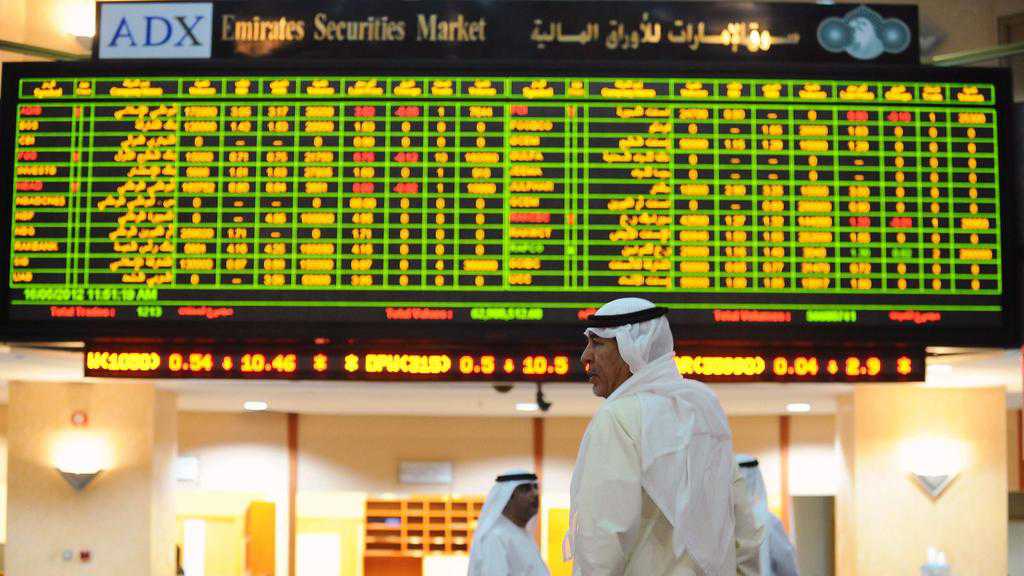What's the difference between technical and fundamental analysis?
07 October, 2020

Fundamental and technical analysis are the two main methodologies used across the investment landscape to gauge the attractiveness of various asset classes. However, the key characteristics of these two practices differ in their approaches and often leave investors divided, which begs the question: which methodology is superior?
Investing in financial markets can be a challenging experience for even the most proficient of investors, particularly when they are looking to invest in the right asset at the right time. For that purpose, fundamental and technical analysis serve as two credible schools of thought, with thorough methodologies that aim to aid investors in their efforts to analyse the market and make informed investment decisions.
So, what are the concepts and tools behind each approach, how do they differ from one another and how can investors utilise these to their advantage?
Fundamental analysis
This involves performing financial analysis on an asset while taking into consideration factors that contribute to its future supply and demand. For instance, when the US Federal Reserve decides to hike interest rates, the impact of this decision will make US bonds look more attractive to investors and, as a result, increase demand on the US dollar to buy those bonds. This ultimately allows for the price of the US dollar to move up.
Fundamental analysis can be done at a macro level when taking into consideration quantitative factors such as gross domestic product, inflation and the unemployment rate. Or, when performing a micro level fundamental analysis on a specific institution, indicators such as financial statements, dividend history and history of returns typically come into play. Fundamental analysis also encompasses qualitative factors such as a company’s prospects and management.
The debate over fundamental and technical analysis is widely contested across the investment industry
Mahmoud Alkudsi, Capex.com
The assumption behind this method is that the market does not always value an asset correctly in the short term and the asset could be underpriced. This indicates a buying opportunity that the investment could reap rewards over time. On the other hand, fundamental analysis may uncover that an asset is overvalued, thus signalling a short-selling opportunity.
Technical analysis
Similar to its counterpart, technical analysis also seeks to evaluate market conditions. However, this method uses historical price and volume data to predict the incoming movements of a particular market or specific asset. The objective is not to predict the future, but to identify the most likely scenarios.
The main tool used in technical analysis is a chart showing price actions and movements in a specific time frame, along with indicators and oscillators to identify patterns that suggest a possible future movement. Concepts such as trends and breakouts are pertinent movements to look out for when performing a technical analysis.
Performing a technical analysis can indicate that a particular asset is experiencing various trends, including: an upward trend, which creates higher highs with higher lows; a downward trend, creating lower highs with lower lows; or movements that negate any clear trend, such as sideways movements that create lower highs with higher lows.
The market trades between well-known levels dubbed support and resistance. These work to provide the price with a floor and a ceiling. When the market makes a sharp move and breaks above the resistance or below the support, the movement would be classified as a breakout.
The assumption behind this method is that prices move according to trends and that, ultimately, history tends to repeat itself.
The bottom line
The debate over fundamental and technical analysis is widely contested across the investment industry. Fundamental analysis is often used to make long-term investment decisions, while technical analysis is used to determine short-term trading decisions. Having said this, utilising either would largely depend on the trader’s initial strategy and investment objectives.
Although the characteristics inherent to technical and fundamental analysis differ significantly, brokers believe that both methodologies should be used simultaneously as their differences ultimately provide a 360-degree view of a specific asset.
Source: www.thenational.ae
TAG(s):
